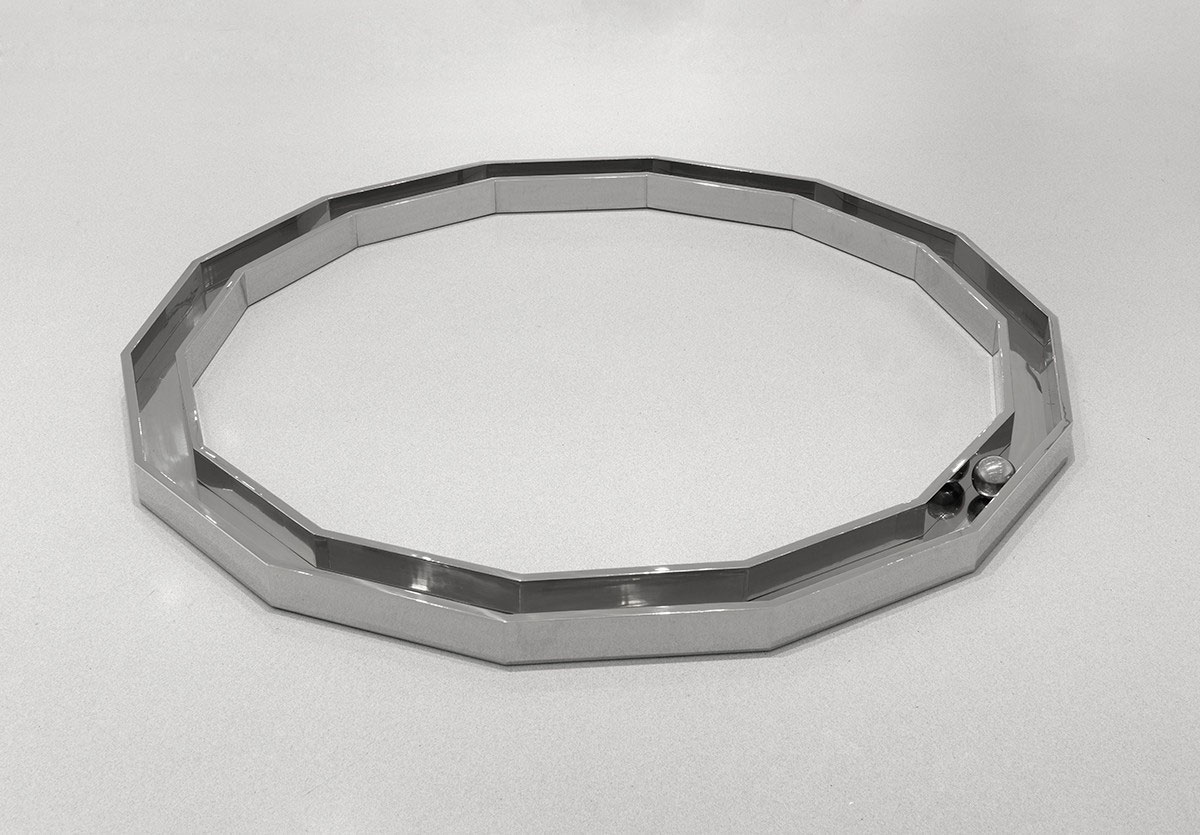ART-PRESENTATION: Walter De Maria-Idea to Action to Object
 Walter de Maria bridged multiple movements of artistic practice in the 1960s creating interactive sculptural installations and providing conceptual underpinnings to larger-scale sculptural work. In later projects he also connected viewers to nature by either embedding visual elements in nature itself, or by bringing components of nature inside gallery spaces.
Walter de Maria bridged multiple movements of artistic practice in the 1960s creating interactive sculptural installations and providing conceptual underpinnings to larger-scale sculptural work. In later projects he also connected viewers to nature by either embedding visual elements in nature itself, or by bringing components of nature inside gallery spaces.
By Dimitris Lempesis
Photo: Gagosian Archive
In the exhibition “Idea to Action to Object” are on presentation 40 works on paper and several related sculptures by Walter De Maria. The drawings are on view for the first time, revealing various unrealized projects and philosophical explorations, and suggesting a tender humanity behind De Maria’s geometric precision. The title of this exhibition comes from a sketchbook page, “Abstract Concept” (c. 1960-61), in which De Maria mapped out a cyclical relationship between a work’s conception, actualization, and perceived meaning. Themes of causality and performance run throughout the drawings, providing more intimate backstories for his minimalist sculptures and installations. The early editioned sculpture “Ball Drop” (1961-64) comprises a tall plywood box with two square holes cut into its face. A wooden sphere sits in a compartment framed by the lower hole. When it was originally shown in 1963, the viewer was invited to take the ball and drop it through the top hole, causing a sharp bang. Here, however, the ball remains static, charged with potential energy, like the solid stainless-steel ball in “14-Sided Open Polygon” (1984). On presentation are the preparatory drawings for his unrealized “Olympic Mountain Project” (1970-71), for the 1972 Olympic games in Munich’ De Maria proposed to drill a 400-foot shaft through a mountain of rubble from World War II, covering the top of the hole with a bronze disk. To think about the dark void beneath the metal disk imbues his other disk-shaped sculptures with a sense of precariousness. In “The Equal Area Series: Pair Number 24” (1990), steel outlines of a square and a circle occupying the same surface area of the gallery floor. Some drawings attest to De Maria’s lighthearted, improvisational spirit. In “Stand Up Commedian” (c. 1961-63), a bowling pin–like man occupies the center of the page with “talks for two hours about cigaretts [sic] and smokes” written above his head and “diskothek” appearing beneath him; and in the “Flying Saucer” (1974) drawings, loosely rendered ellipses float across the page. This suggests that De Maria’s geometries are not entirely unfanciful, but rather combine the serialization of Minimalism with the sublime scale of land and sky, and the electrifying tremors of the unknown.
Info: Gagosian Gallery, 20 Grosvenor Hill, London, Duration: 24/1-9/3/19, Days & Hours: Tue-Sat 10:00-18:00, https://gagosian.com



